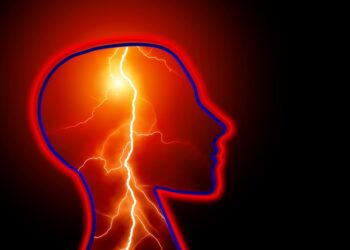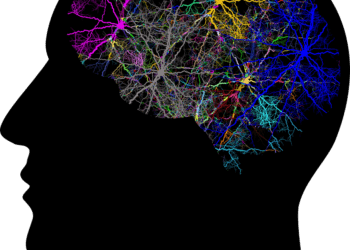“My initial interest was an artistic one at heart, but, surprisingly, we could instantly differentiate seizure activity from non-seizure states with just our ears,” Chafe said. “It was like turning a radio dial from a static-filled station to a clear one.”
When Chris Chafe and Josef Parvizi from Stanford University began transforming recordings of brain activity into music, they had artistic pursuits in mind – but they quickly understood they could use the data in scientific purposes – developing a powerful tool for identifying seizures – even for people without experience.
Josef Parvizi was enjoying a performance by the Kronos Quartet, a concert in which the melodies were based on radio signals from outer space when the idea hit him – he began wondering what the brain’s electrical activity might sound like set to music. He turned to Chris Chafe for help – one of the world’s leading minds in terms of “musification” – the science of transforming natural signals into music.
So after they got a patients’ consent, they started working; first of all, they located the source of a seizure, by placing electrodes in patients’ brains to create electroencephalogram (EEG) recordings of both normal brain activity and a seizure state. Parvizi shared the EEG with Chafe, who began setting the electrical spikes of the rapidly firing neurons to music; he chose a tone close to a human voice, in an attempt to give the listener an empathetic connection to the patient as well as an intuitive understanding of what is happening inside the patient’s brain during a seizure. However, as they listened to the recording, they understood they had done more than create an interesting piece of music.
Here’s the audio, with a description:
Around 0:20, the patient’s seizure starts in the right hemisphere, and the patient is talking and acting normally. Around 1:50, the left hemisphere starts seizing while the right is in a post-ictal state.
Because a seizure can happen even without any immediate symptom, their work has the potential to help thousands (if nto more people). If they could achieve the same thing with real time brain data, then they could develop a tool to allow caregivers for people with epilepsy to quickly hear when an undetected seizure is occuring. They dubbed the device a “brain stethoscope”.
Taking care of somebody with seizures can be very difficult, because not all seizures are accompanied by behavioral changes.
“Someone – perhaps a mother caring for a child – who hasn’t received training in interpreting visual EEGs can hear the seizure rhythms and easily appreciate that there is a pathological brain phenomenon taking place,” Parvizi said.
Still, this innovative and potentially very helpful idea is still very far from becoming a clinical reality.
“We’ve really just stuck our finger in there,” Chafe said. “We know that the music is fascinating and that we can hear important dynamics, but there are still wonderful revelations to be made.”
Still, the potential is there, and even without it becoming a reality, this is a statement of what two fields which are apparently incompatible can accomplish together:
“This is what I like about Stanford,” Parvizi said. “It nurtures collaboration between fields that are seemingly light-years apart – we’re neurology and music professors! – and our work together will hopefully make a positive impact on the world we live in.”







